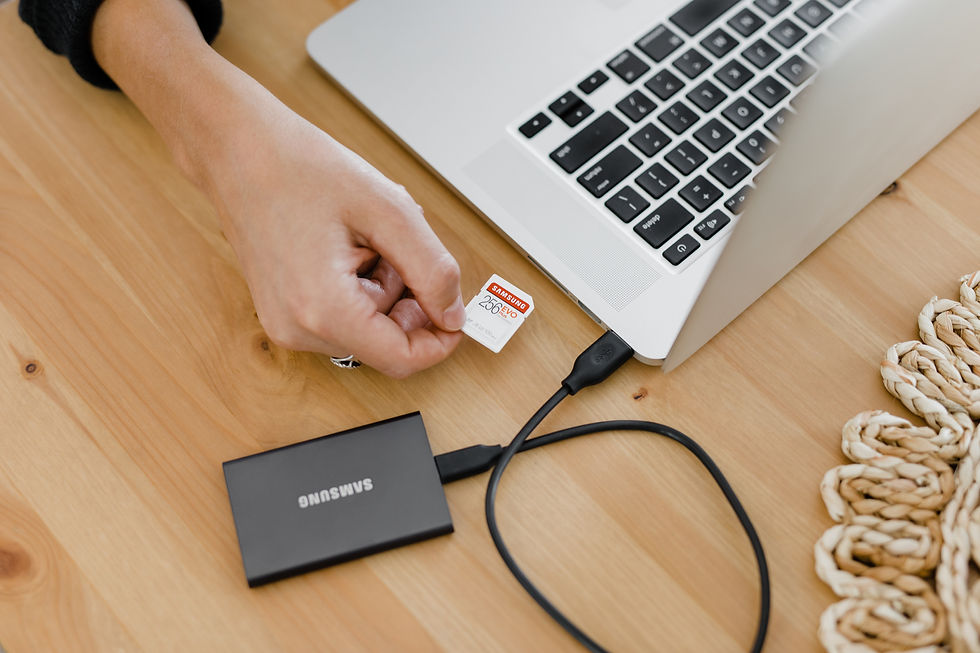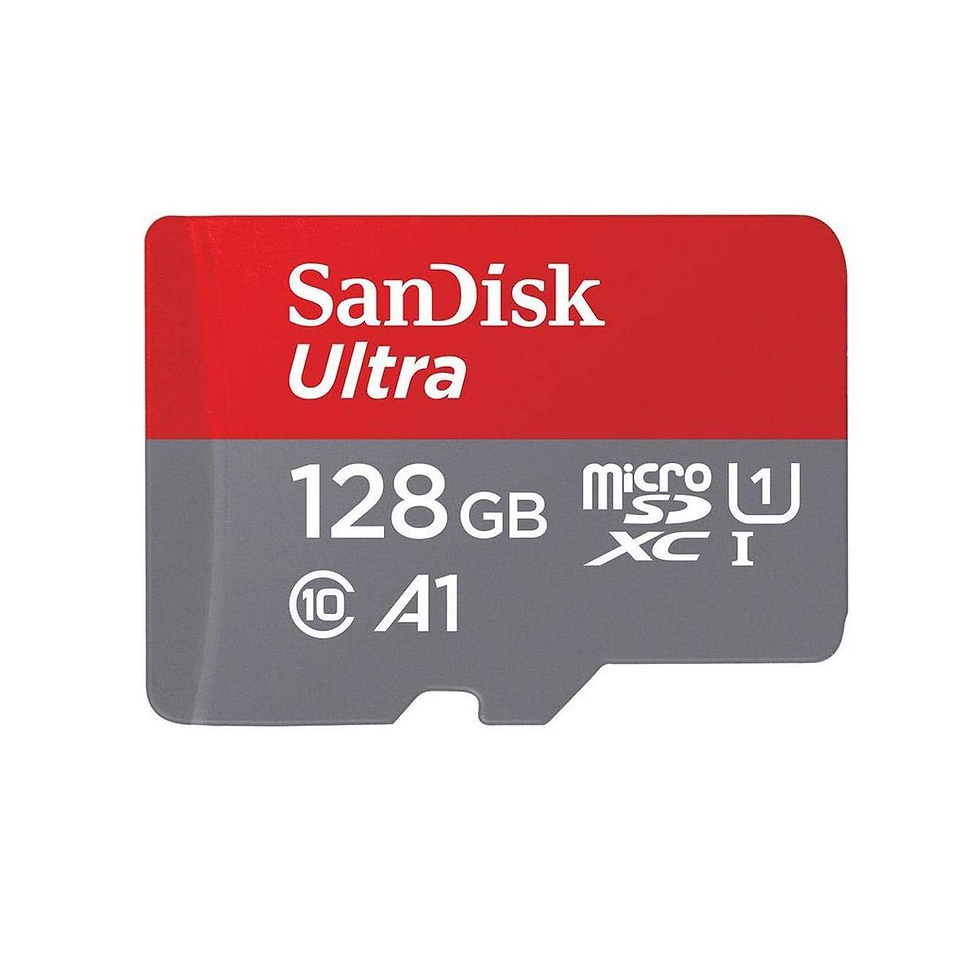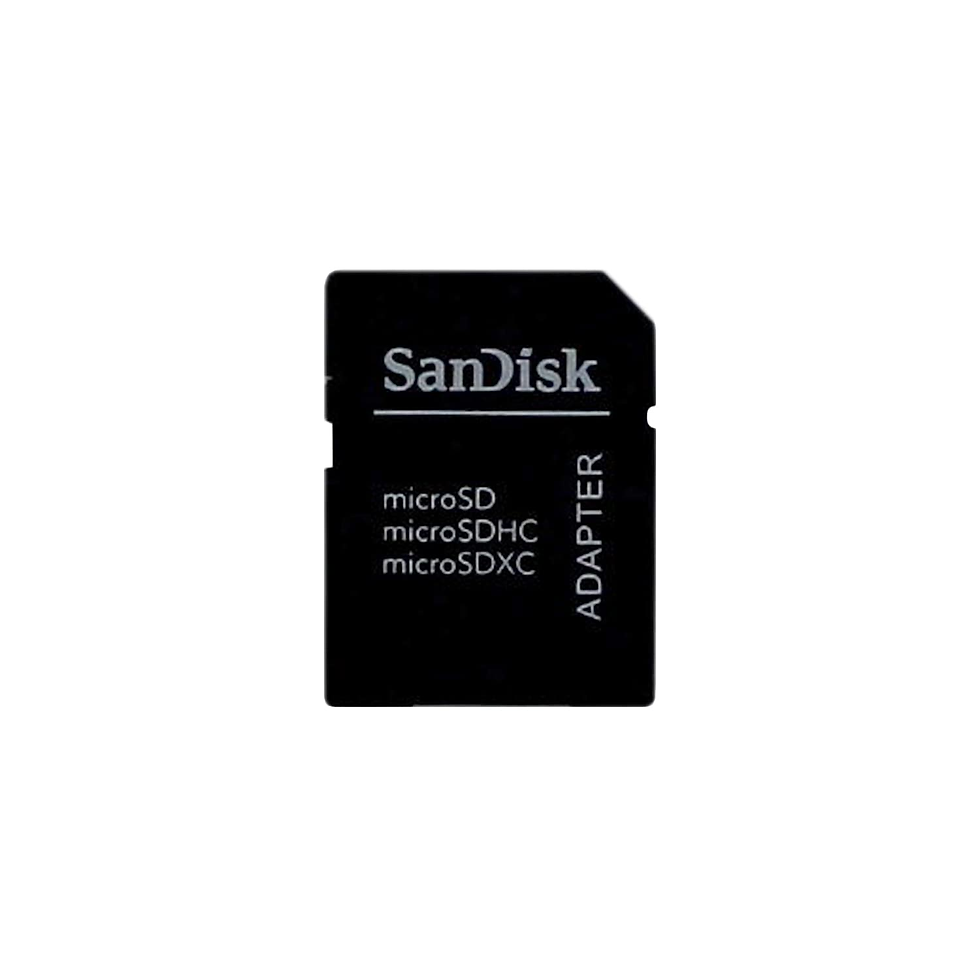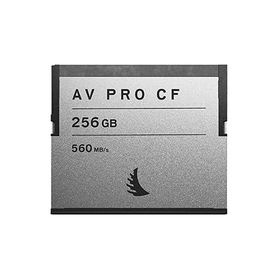Which Memory Card Should You Use?
- Danica Reed
- Jun 30
- 3 min read
Choosing the right memory card for your device matters. DSLR cameras, cinema cameras, action cams, drones, and audio recorders all require different memory cards. Creators should make sure the memory card they are using is the right size, speed, and format for the media they are capturing. Some think only the gigabytes of the memory card matter, when speed is also a factor for recording. Let’s learn about the different types of memory cards, and their sizes, speeds, and formats.
Types of Memory Cards

An SD card is a memory card about the size of a loonie that is commonly used in DSLR and mirrorless cameras and some cinema cameras. These memory cards are compatible with most computers for file transfers, or can be used in conjunction with an SD card reader. The SD card reader on most computers can be found near USB ports, or you can insert an SD card reader via USB-A or USB-C inputs.

64GB 200mb/s SD cards by Sandisk are the standard for camera rentals at Everything Film Equipment. This is the minimum needed for mid-tier videography work, or photography work capturing around 1000 photos.

MicroSD cards are smaller versions of the traditional SD card, slightly smaller than the size of a dime. These memory cards are typically used in action cameras, cell phones, drones, some audio recording devices, and anything else that is a smaller device. You can also use microSD card adapters that allow you to use the storage and speed of a microSD card in a device that only takes regular SD cards. You can also use these adapters for data transfer to your computer.

MicroSD cards, for the most part, are available in the same sizes as traditional SD cards, making them useful for a wide range of work. However, they are not ideal for high-end video work due to thermal throttling and slower speeds.

CFexpress cards look like chunkier versions of the traditional SD card. They have extremely fast reading and writing speeds, up to 1700mb/s. Their primary use is for high-end cinema and mirrorless cameras, such as the Sony FX3. CFexpress cards can support 4k, 6k, and 8k RAW video recording, which is great for professional, high-end video work.

However, CFexpress cards are more expensive than SD cards and often require a specific CFexpress card reader to be used with your computer. They are still favoured by those who do professional video work, RAW photo burst shooting, and high bitrate recording.

CFast cards are the predecessor to CFexpress with speeds up to 500mb/s. They are much larger, about the size of a matchbook. They are used in some cinema cameras, such as the Blackmagic Ursa line. They are less common now, but still relevant depending on camera model, especially for mid to high-end camera workflows.
Speed: What To Choose

The speed of your memory card depends on what you plan to capture. Here are the three most common speeds, compared:
170MB/s: Fast enough for still photography and basic 4K video
200MB/s: Solid middle ground for 4K 10-bit video, time-lapse, and high-speed photography
300MB/s: Best for continuous burst shooting or higher bitrate video capture
Capacity: What Should You Choose?

Storage capacity is another factor to consider. Again, what you are shooting will determine what level of storage you require. Here are common storage capacities and their benefits:
Size | Best Use Case |
16GB | Small shoots, backups, older DSLRs |
32GB | Portrait sessions, short events, HD video |
64GB | Half-day video shoots, 4K clips, standard rental option |
128GB | Weddings, real estate shoots, long 4K recording |
256GB | Multi-cam setups, RAW video, full-day productions |
Which Memory Card Should You Use?

Choosing the right memory card depends on your gear, file format, and workflow. Whether you're capturing a cinematic short or just shooting a few headshots, matching speed and capacity with your project ensures reliability and performance. Still unsure what to rent? EFE staff can help you pick the best card for your setup.



Comments